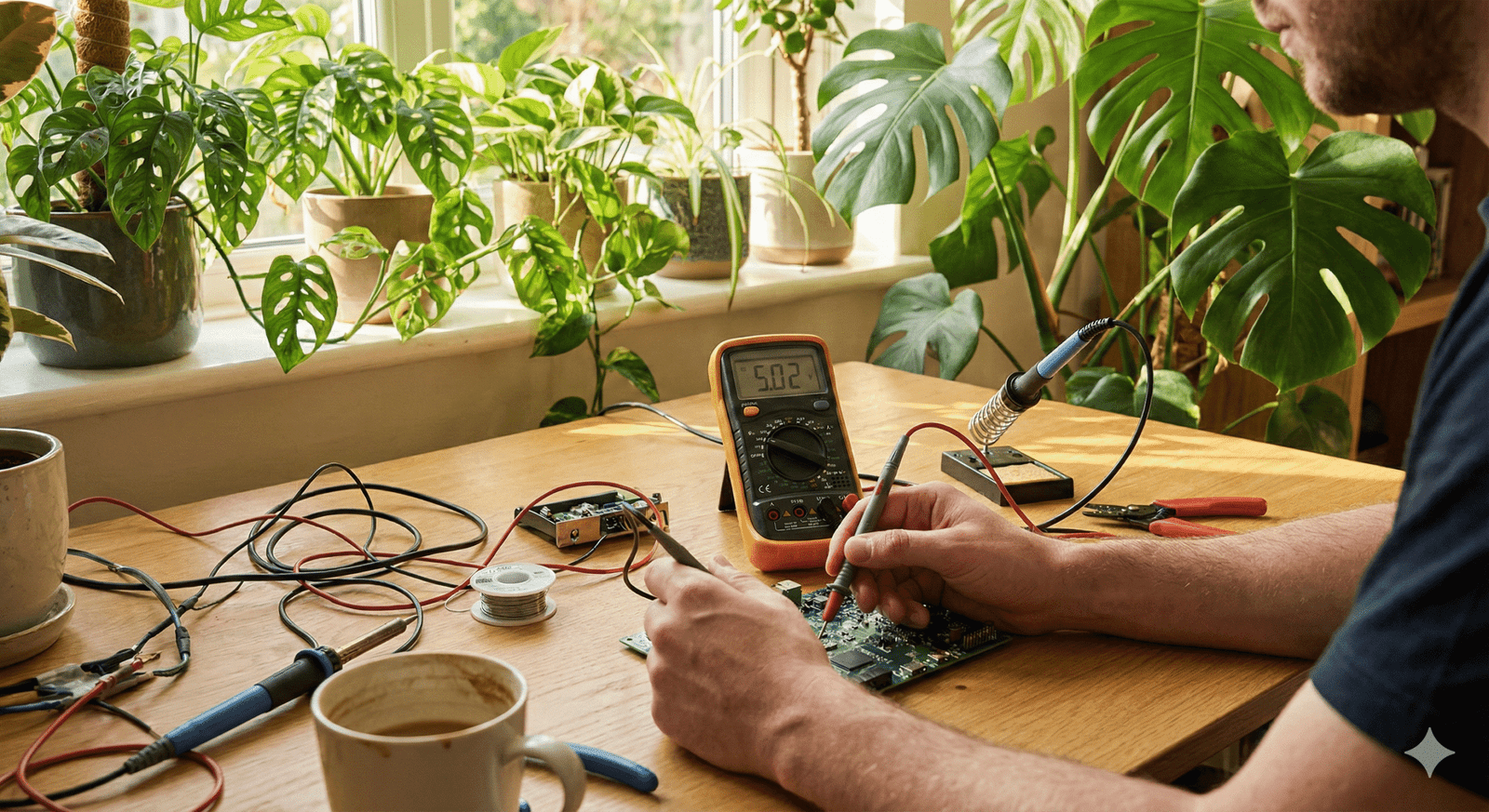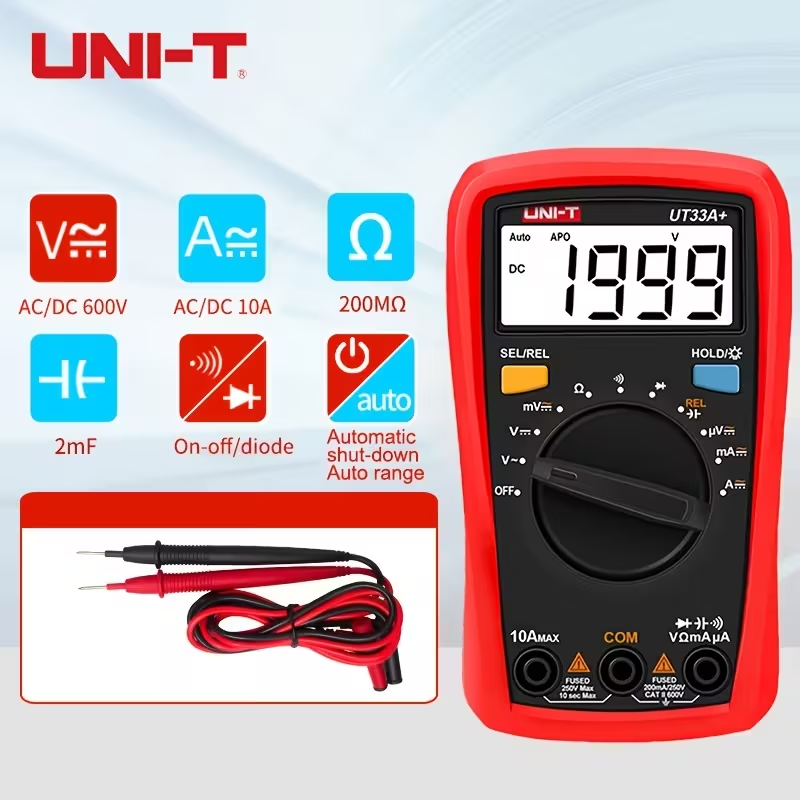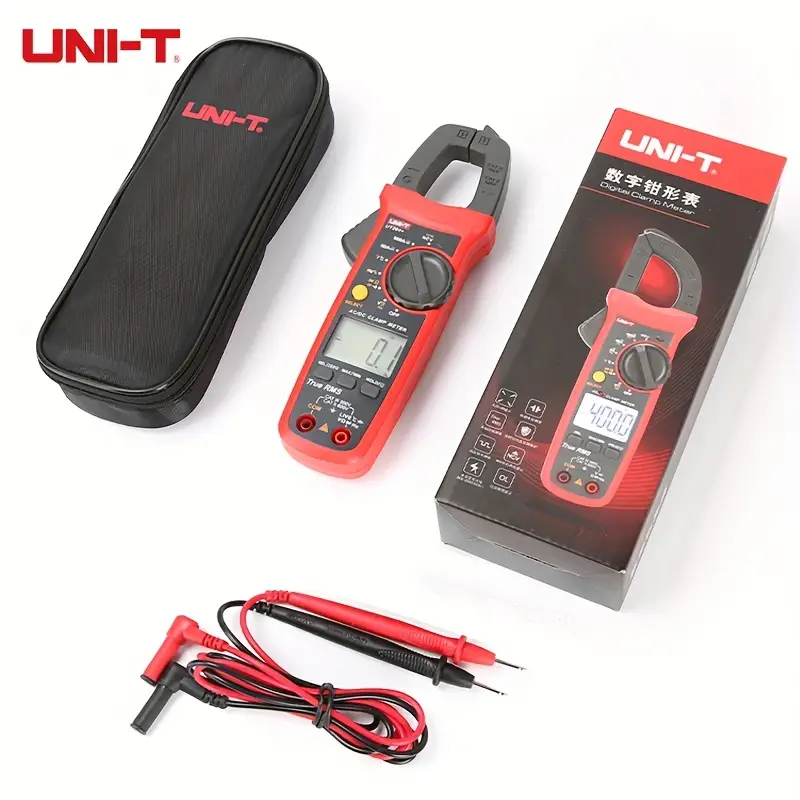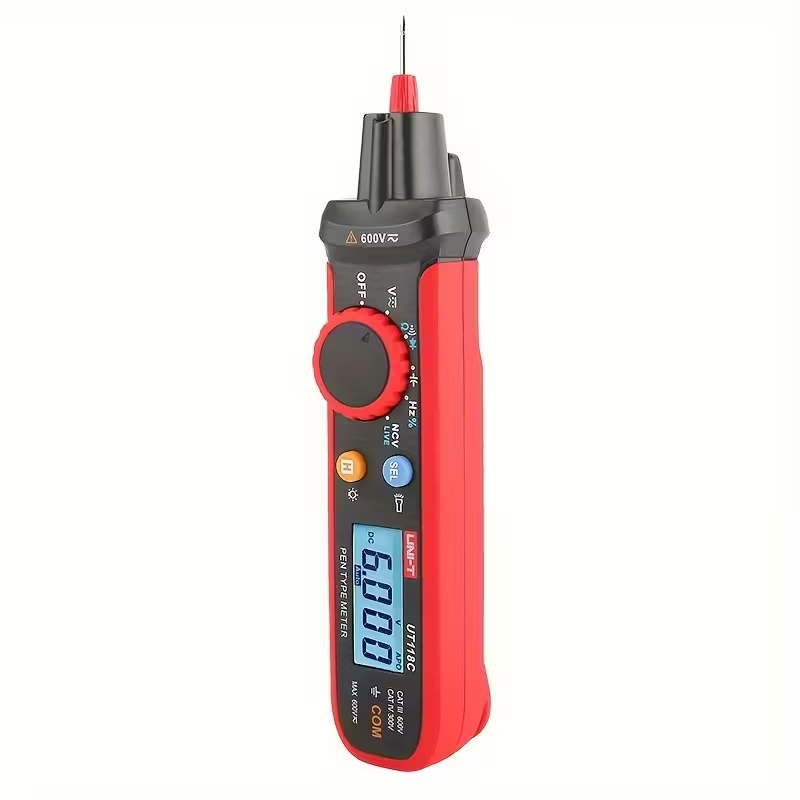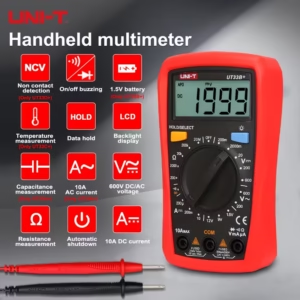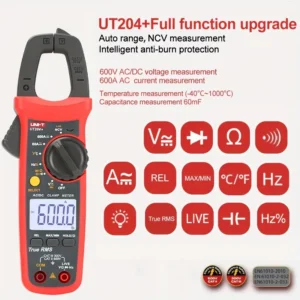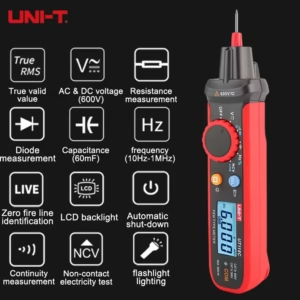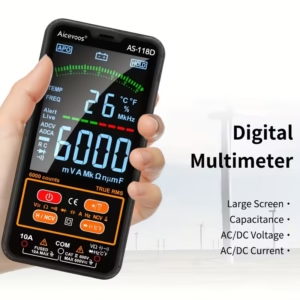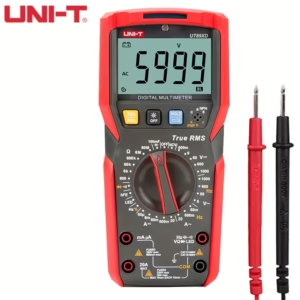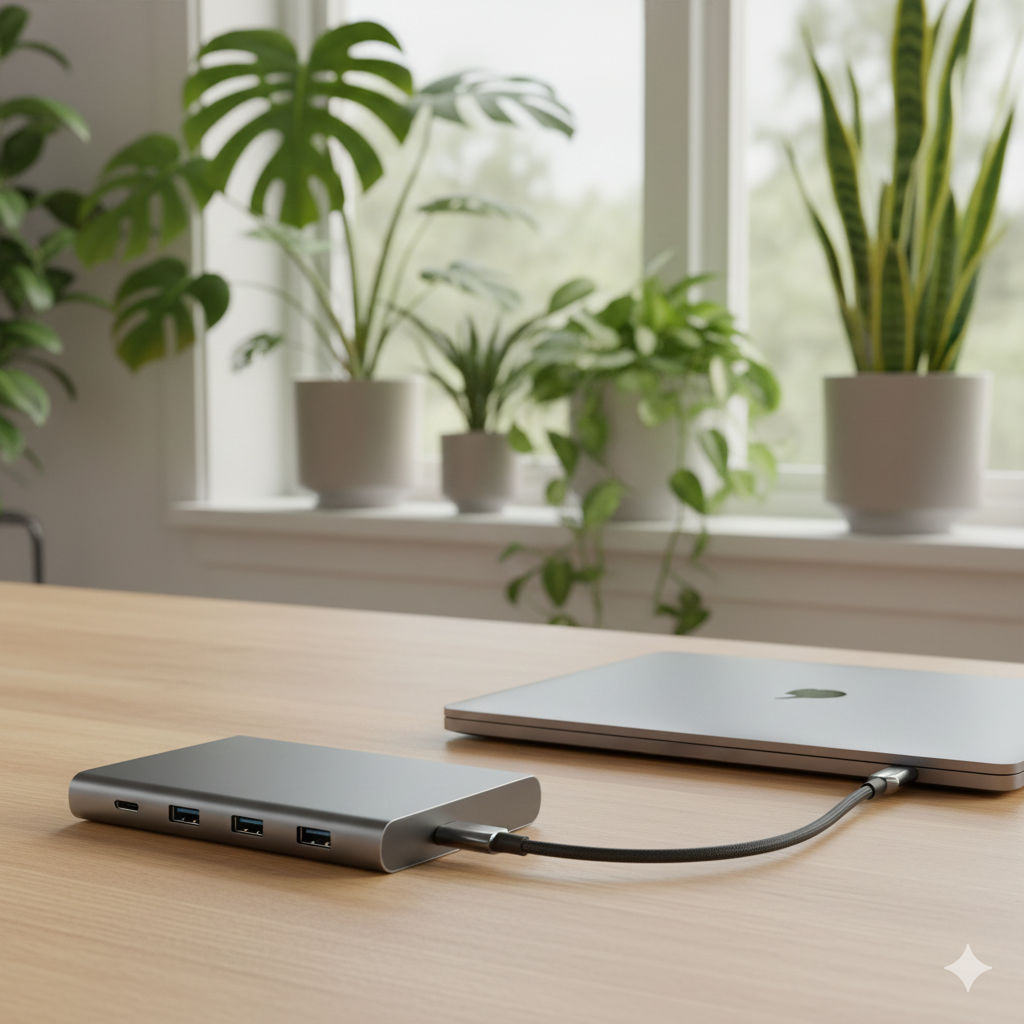Hi, I’m Joakim, and welcome to TopGadgetGuide.net. Whether you’re a seasoned electrician, a DIY hobbyist, or just trying to figure out why a household appliance won’t turn on, a multimeter is an essential tool for safely diagnosing electrical problems. It’s your go-to device for measuring voltage, current, and resistance. After probing into the huge selection of affordable and feature-packed options on Temu, I’ve created this guide to the top 5 types of multimeters to help you find the perfect one for your toolkit.
(Want to know how I review my gadgets? Read my full review process here.)
Comparison Table (Top 3 Picks)
Detailed Product Reviews
1. The Auto-Ranging Digital Multimeter
- Quick Specs:
- Range Selection: Automatic (No dial twisting)
- Functions: AC/DC Voltage, Current, Resistance
- Safety: Overload Protection (Prevents errors)
- Best For: Beginners, Household Tasks & Hobbyists
- Description: This is the most user-friendly and popular type of multimeter for a reason. “Auto-ranging” means the device automatically detects the correct measurement range (e.g., volts, millivolts) for you, eliminating the guesswork and potential for error. It’s the perfect all-rounder for household electrical tasks, hobby electronics, and general-purpose testing.
- Pros:
- Extremely easy to use, especially for beginners.
- Auto-ranging feature prevents damage to the device from selecting the wrong range.
- A versatile tool for a wide variety of electrical measurements.
- Use it to safely check your wall outlets for correct voltage before installing sensitive electronics like [The 5 Best Smart Plugs on Amazon].
- Cons:
- The auto-ranging function can sometimes be slightly slower than manual selection for professionals.
- May lack some of the specialized features of more advanced models.
- Why it’s on this list: It’s the best overall choice for the vast majority of users, offering simplicity, safety, and all the essential functions needed for home and hobbyist use.
2. The Clamp Meter
- Quick Specs:
- Current Measurement: Non-contact Jaw (AC)
- Safety: Measure without disconnecting wires
- Functions: Current, Voltage & Continuity
- Best For: Electricians, HVAC & High Current circuits
- Description: A clamp meter is a specialized but incredibly useful tool, especially for electricians and automotive work. Its key feature is the large, hinged jaw at the top, which allows you to measure high levels of AC current simply by clamping it around a wire, without having to disconnect the circuit. Most models also include standard test leads for measuring voltage and resistance.
- Pros:
- Safely and easily measures high currents without direct contact.
- An essential tool for electricians and HVAC technicians.
- Combines the function of a current clamp and a standard multimeter.
- Cons:
- Can be bulkier and less precise for very small electronic measurements.
- Primarily designed for AC current, though some models can measure DC.
- Why it’s on this list: It’s the indispensable tool for any job that involves measuring live, high-current circuits, offering a level of safety and convenience a standard multimeter can’t match. This is also the ideal tool for troubleshooting car electronics before hardwiring accessories like a [The 5 Best Dashboard Cams on Temu].
3. The Pocket / Pen-Type Digital Multimeter
- Quick Specs:
- Form Factor: Pen-shaped (Probe tip integrated)
- Portability: Ultra-compact (Shirt pocket size)
- Operation: Single-handed use
- Best For: Quick diagnostics, Tight spaces & Travel
- Description: For maximum portability and quick checks, a pen-type multimeter is a fantastic choice. It integrates the display and controls into a slim, pen-shaped body with a single probe at the tip and a separate wire for the second probe. It’s small and light enough to carry in a shirt pocket, making it perfect for quick diagnostics on the go.
- Pros:
- The most portable and lightweight form factor.
- Great for quick, one-handed testing.
- Perfect for a travel toolkit or for basic field service work.
- Cons:
- Has a more limited range of functions and lower precision than a full-size multimeter.
- The small display can be harder to read.
- Why it’s on this list: It’s the ultimate choice for portability, providing essential measurement capabilities in a go-anywhere package.
4. The Advanced Multimeter with a Large Screen
- Quick Specs:
- Display: Large Color LCD / Backlit
- Smart Features: Auto-function detection
- Extras: Flashlight & NCV (Non-Contact Voltage)
- Best For: Poor eyesight, Dim lighting & Ease of use
- Description: This is a modern take on the classic multimeter, designed for clarity and ease of use. It features a large, often color, LCD screen that displays readings in a big, bright font, making it incredibly easy to read from any angle. Many of these “smart” multimeters also simplify the controls, automatically detecting what you are trying to measure when you plug in the leads.
- Pros:
- The large, bright screen is very easy to read, even in low light.
- “Smart” detection features make it even easier for beginners to use.
- Often includes useful extra features like a built-in flashlight and a non-contact voltage tester.
- Cons:
- The large screen can lead to shorter battery life.
- Can be more expensive than a traditional digital multimeter.
- Why it’s on this list: It’s the best option for users who value readability and a modern, user-friendly interface above all else.
5. The Manual Ranging Multimeter
- Quick Specs:
- Control: Manual Dial (Select range & function)
- Precision: High (User controlled)
- Response: Fast (No auto-ranging lag)
- Best For: Learning electronics, Students & Specific tasks
- Description: This is the classic, old-school digital multimeter for those who want full control. With a manual ranging multimeter, you use the large rotary dial to select both the type of measurement (Volts, Amps, Ohms) and the expected range. While it requires more knowledge to use correctly, it’s often preferred by experienced technicians for its speed and direct control.
- Pros:
- Generally the most affordable type of digital multimeter.
- Gives the user complete manual control over the measurement range.
- The measurement response can be faster than an auto-ranging meter.
- Cons:
- Has a steeper learning curve and is less forgiving for beginners.
- It’s possible to damage the fuse or the multimeter itself if you select a range that is too low for the current being measured.
- Why it’s on this list: It is the best choice for the experienced user or student who wants to learn the fundamentals of electrical measurement and prefers direct, manual control.
My Final Recommendation
For anyone from a homeowner to a budding electronics hobbyist, the Auto-Ranging Digital Multimeter is the undisputed best choice.
It removes the biggest barrier to entry for using a multimeter: the fear of selecting the wrong range and damaging the device. Its combination of safety, simplicity, and a full range of essential features makes it the most practical and reliable tool for 99% of common electrical tasks. It’s a must-have for any well-equipped toolbox.
Finding the electrical fault is only half the battle. To actually fix the broken device, make sure you have a versatile [Top Best Precision Screwdriver Kits on Temu] on your workbench.
Joakim (A.K.A 'JBH85') is the founder and editor of TopGadgetGuide.net, a site dedicated to simplifying tech and gadget guides. He conducts deep research and careful curation to bring you honest, unbiased, and easy-to-understand recommendations. His goal is to help you buy with complete confidence.
(Want to know exactly how he works? Read his full 'Review Process' here.)

